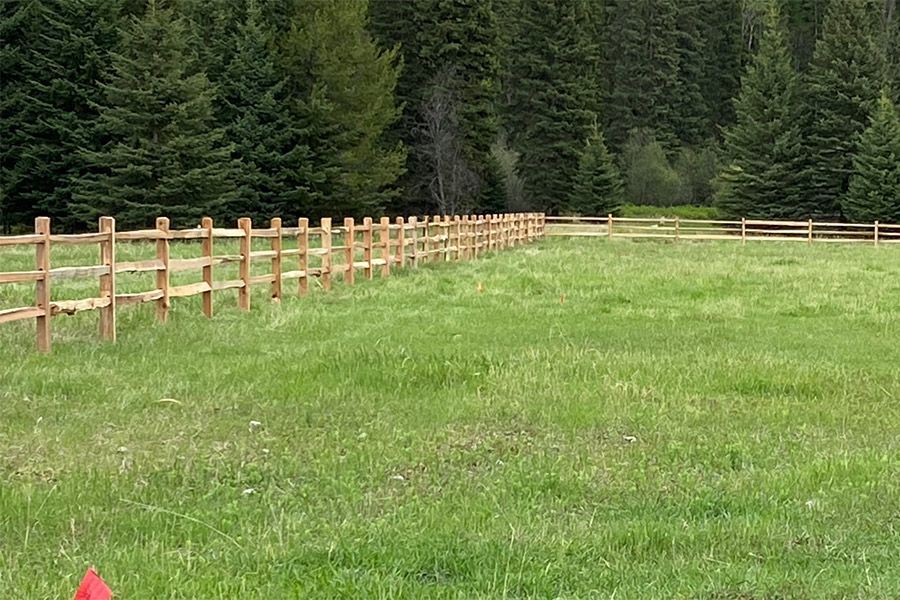Planning a fencing project? Get a clear understanding of the costs involved to ensure your investment aligns with your budget.
Cost Breakdown
Here’s a detailed breakdown of the costs you can expect when installing continuous panel fencing:
- Materials: The bulk of your expenses will come from the panels themselves, which are typically made of welded steel. Additional materials include posts, brackets, and hardware.
- Labor: Hiring professionals for installation can add to the cost, but it ensures proper setup and long-term durability.
- Additional Expenses: These might include site preparation, tools, and optional features like gates or protective coatings.
Variables That Impact the Price
Here are a few key factors that influence the cost of installing continuous panel fencing:
- Length of Fence: The longer the fence, the more materials and labor will be required.
- Terrain: Uneven or rocky ground may require extra preparation or specialized equipment.
- Customization: Adding gates, decorative finishes, or custom designs can increase costs.
Cost Comparisons with Other Fencing Types
Here’s how continuous panel fencing fares when compared to other types of fencing in terms of cost:
- Wood Fencing: Initially cheaper but requires frequent maintenance and replacement.
- Barbed Wire: A low-cost option but lacks durability and aesthetic appeal.
- Vinyl Fencing: Moderately priced but not as robust as steel panels.
While continuous panel fencing may have a higher upfront cost, its durability and low maintenance make it a cost-effective choice in the long run.
Tips for Cost-Effective Installation
Follow these tips to keep your fence installation within budget:
- Plan your fence layout carefully to minimize waste and unnecessary materials.
- Compare quotes from multiple contractors to find the best value for your budget.
- Consider phased installation, prioritizing high-traffic areas first and expanding later as funds allow.
Financing Your Fence Project
If the initial cost is a worry, consider these financing options:
- Payment Plans: Some contractors offer installment plans to spread costs over time.
- Loans: Home improvement loans can help cover larger projects.
- DIY Savings: If you have the skills, installing the fence yourself can significantly reduce labor costs.
Before opting for financing, carefully review the terms to make sure it aligns with your budget and financial goals.

In Summary
By breaking down the costs involved and considering your budget, you can make the right choices for your fencing project. Need professional advice or materials? Get in touch with Montana Fence now.